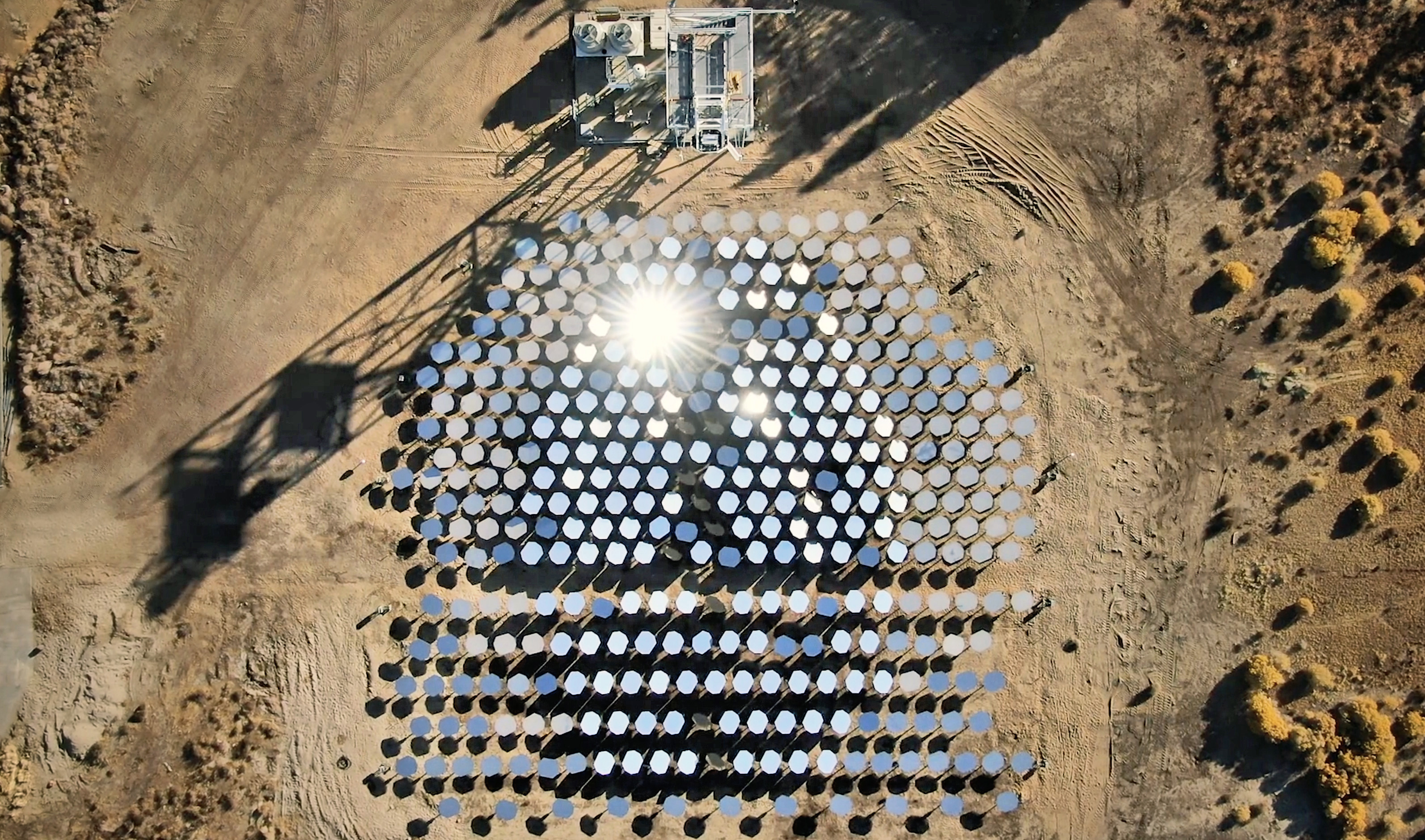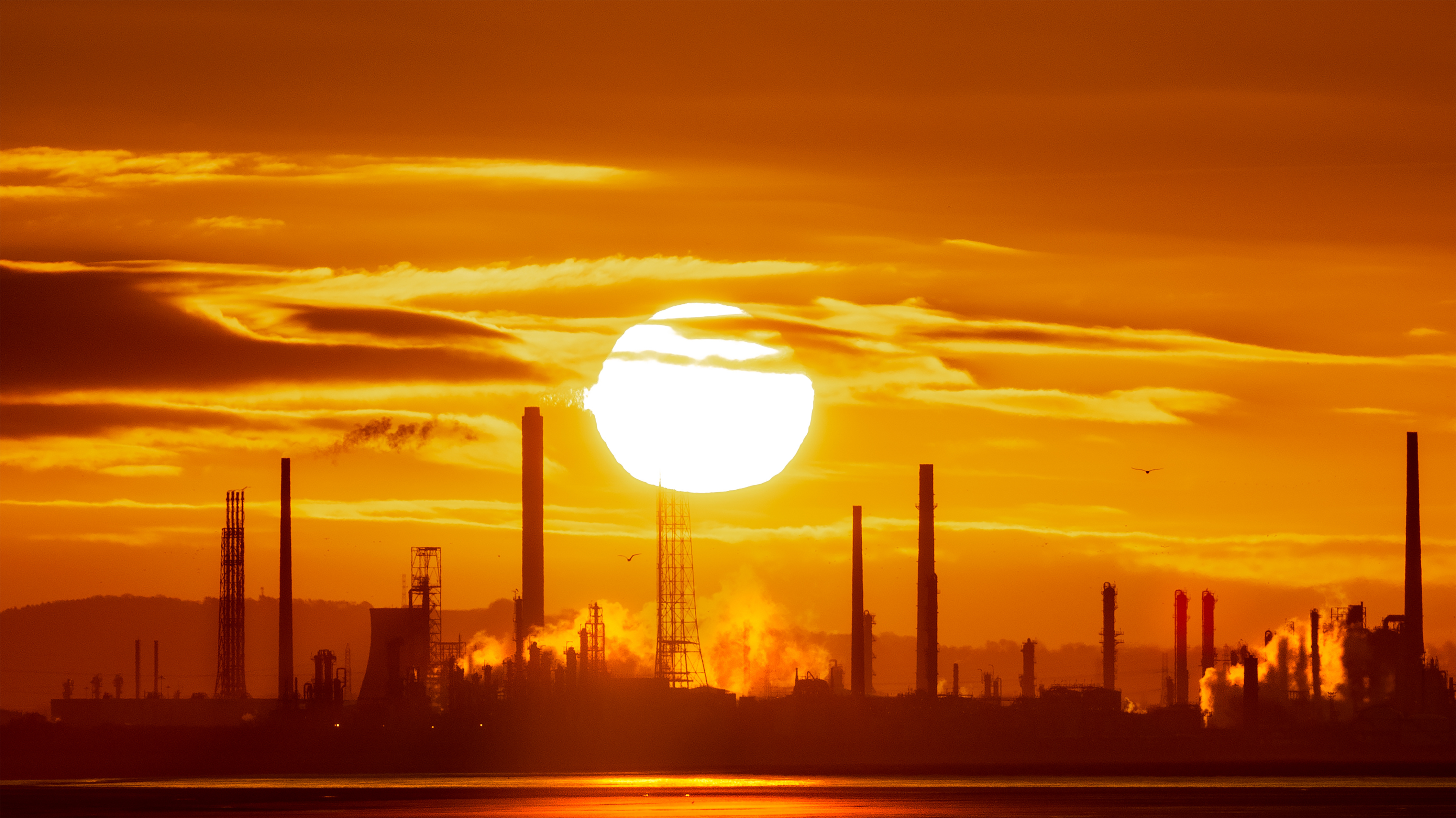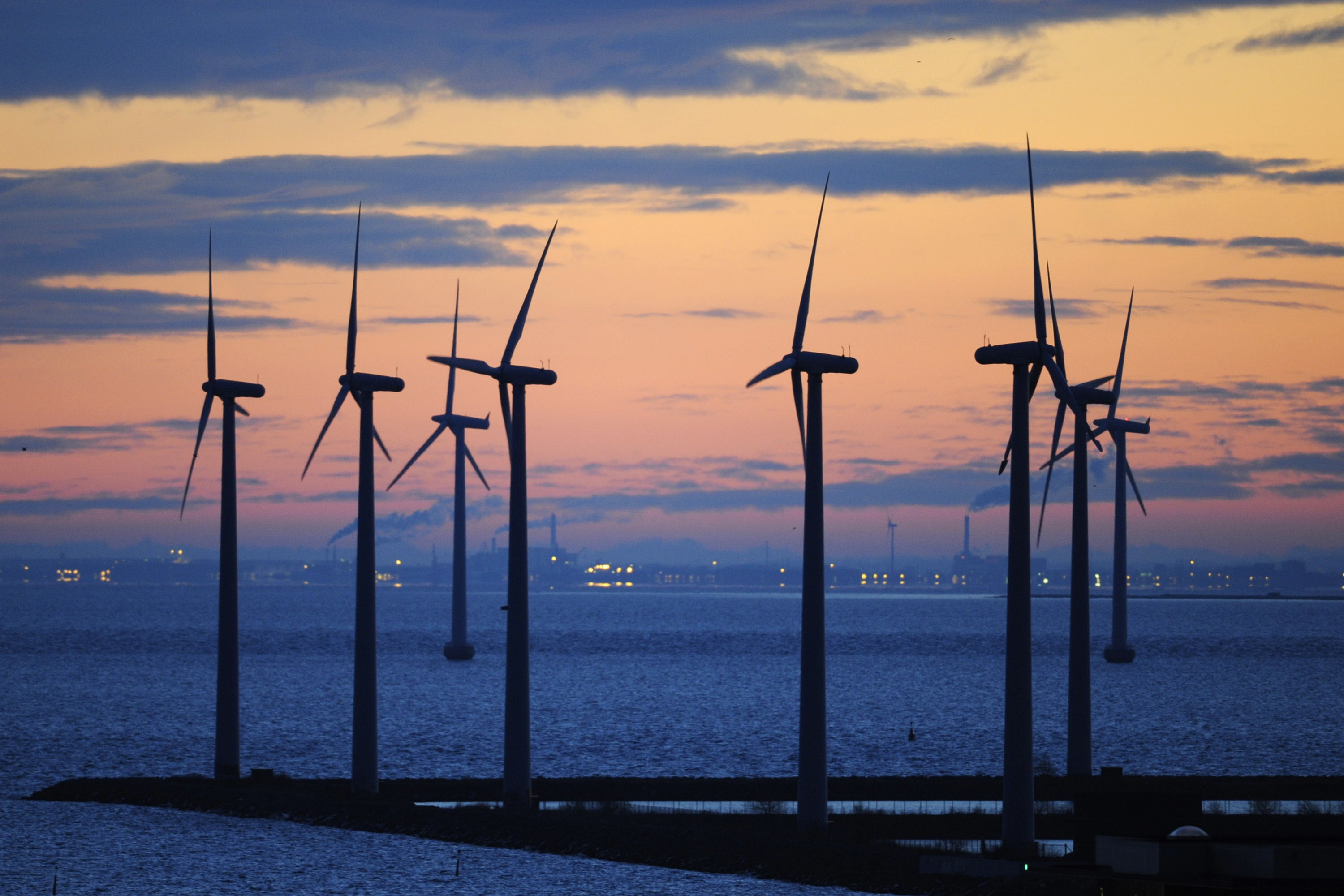What you need to know about Europe’s energy crisis
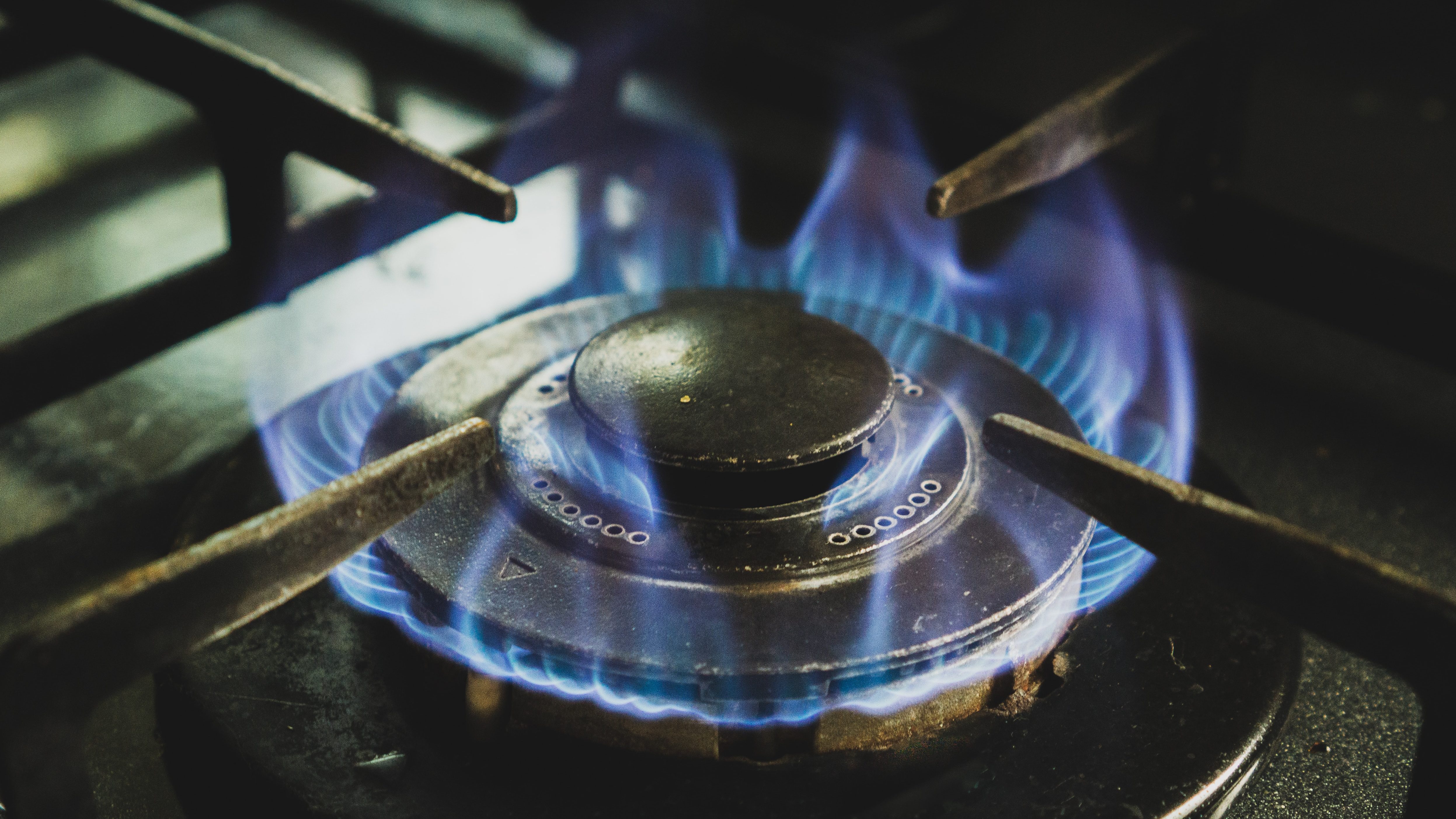
Europeans are bracing themselves for what could be a long, cold and expensive winter. Rising energy costs are likely to push up fuel bills and increase the price of many other everyday purchases, including food.
The reasons behind the European energy crisis are far from straightforward and illustrate how complex and interconnected the global energy market is. Here are five key points to help explain some of the issues fueling the energy crisis.
1. Global demand is recovering strongly
In 2020, demand for natural gas fell by 1.9%. That was partly because of changes in energy use during the worst periods of pandemic disruption. But it was also the result of a mild winter in the northern hemisphere.
In its Global Gas Security Review, the International Energy Agency (IEA) says gas demand is likely to rebound by 3.6% across 2021. If left unchecked, by 2024 global gas consumption could have grown 7% higher than pre-pandemic levels.
Although gas demand growth is expected to slow – despite a switch from coal to gas – the IEA says governments may need to legislate to ensure gas-related emissions growth does not become a problem. “More ambitious policies are needed to shift to a net-zero path,” the organization says.
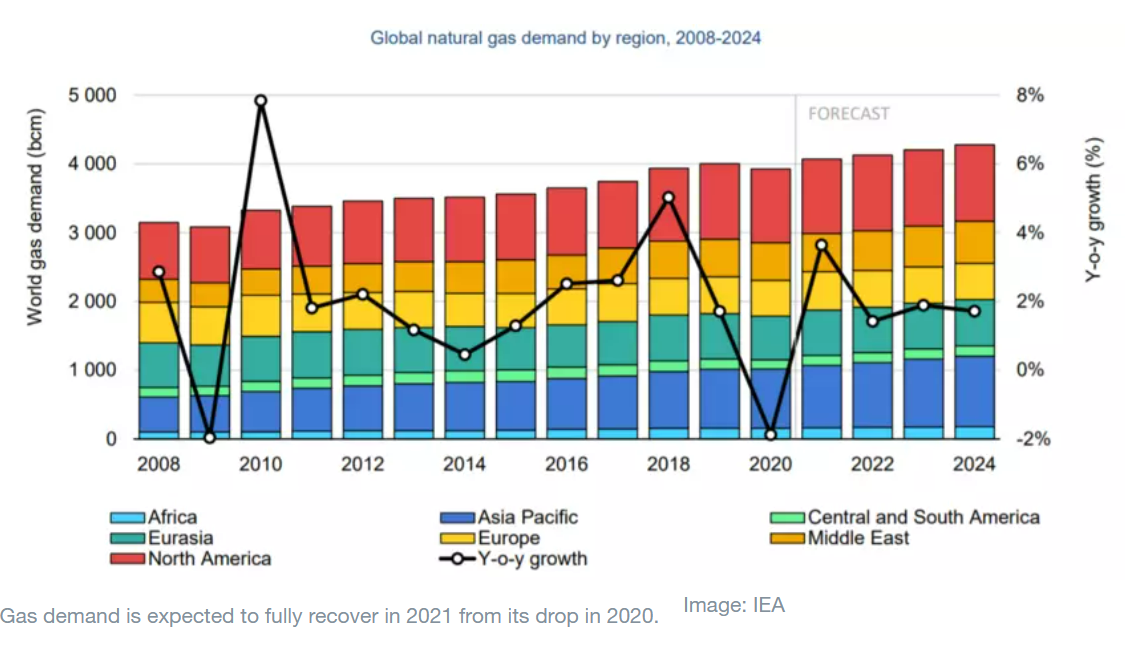
2. Europe is reliant on gas imports
European gas production is in decline. Several North Sea gas deposits are running dry, as are a number of gas fields in the Netherlands, such as Groningen which is due to close in mid-2022.
This leaves Europe increasingly dependent on gas imports, primarily from Russia and Norway.
The IEA has called for Russia to send more gas to Europe to help alleviate the crisis, with concerns being raised that Russian-controlled underground gas storage facilities in Europe are stocked lower than in previous years.
“Based on the available information, Russia is fulfilling its long-term contracts with European counterparts – but its exports to Europe are down from their 2019 level. The IEA believes that Russia could do more to increase gas availability to Europe and ensure storage is filled to adequate levels in preparation for the coming winter heating season. This is also an opportunity for Russia to underscore its credentials as a reliable supplier to the European market,” the IEA said.
3. Prices are high and could go higher
There has been a 600% increase in European gas prices so far in 2021.
At one point in early October there was a 37% spike in UK wholesale gas prices in just 24 hours. Surging prices prompted a lobby group representing steel, chemical and fertilizer businesses to call on the UK government to provide help against spiralling costs.
The price of wholesale gas has caused several smaller energy providers in the UK market to collapse, and has halted production in some industries. The UK’s Secretary of State for Business, Energy and Industrial Strategy, Kwasi Kwarteng, said: “Our exposure to volatile global gas prices underscores the importance of our plan to build a strong, home-grown renewable energy sector to further reduce our reliance on fossil fuels.”
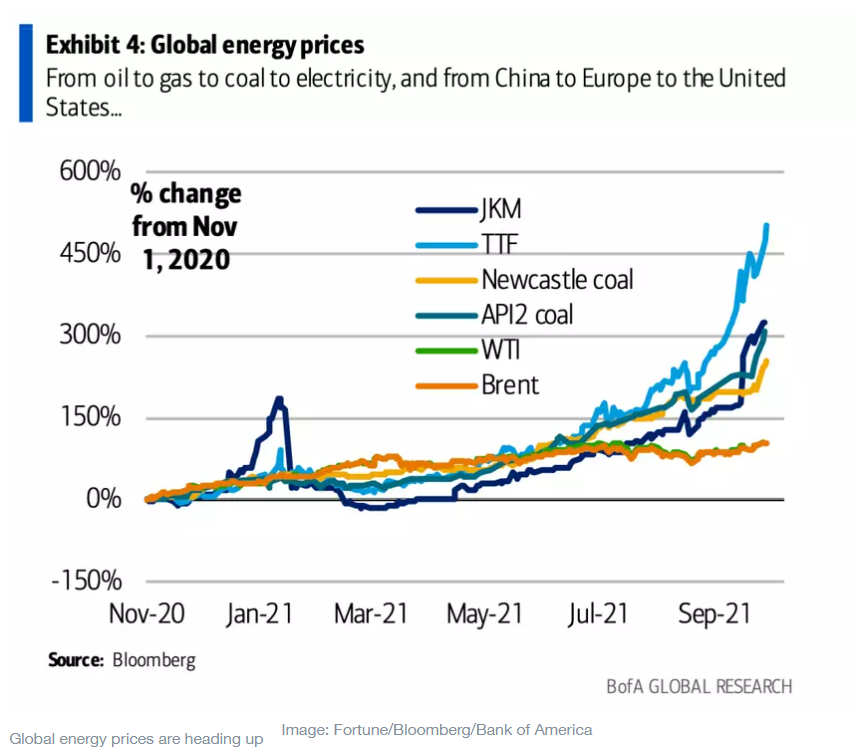
4. Winter is coming – again
In the northern hemisphere the start of 2021 was punctuated by a series of very cold extreme weather events. Swathes of the US were affected by a polar vortex that brought snow, ice and freezing temperatures as far south as Texas.
Another very cold northern winter would put additional pressure on a gas system that is already stretched and struggling.
Responding to rising demand during cold weather won’t only be challenged by low gas stocks. Chartering ships to transport LNG around the world has been affected by a lack of shipping capacity, making responses to spikes in demand both difficult and expensive. “Daily spot LNG vessel charter rates have spiked above $100,000 in each of the last three northern hemisphere winters,” the IEA says. “And hit an all time high of well above $200,000 during the unexpected cold spell in northeast Asia in January 2021 – amid physical shortages of available shipping capacity.”

5. The energy transition: it’s complicated
Gas burns cleaner than oil or coal, and is used widely as a substitute for both in the production of electricity. Although it is playing a role in helping decarbonize electricity generation, gas is still a source of greenhouse gas (GHG) emissions.
The International Energy Agency (IEA) describes gas as: “A major source of emissions that needs to be reduced – especially in mature markets where much of the growth and substitution potential has already been tapped.”
Natural gas is predominantly made up of methane, which is a strong GHG. The US Energy Information Administration says that almost one-third of methane emissions are caused by “natural gas and petroleum systems and from abandoned oil and natural gas wells.”
Although the overall increase in global demand for gas between 2020 and 2024 is expected to be “rather modest”, the IEA says, it will be too high to meet key environmental objectives.
The IEA forecasts a 9% increase in annual gas demand between 2020 and 2024, significantly higher than the demand growth that would need to be maintained to stay in line with the target of net-zero emissions by 2070.
Decarbonizing the gas system will need to be a priority to hit net zero emissions targets by 2050, the IEA says, involving the widespread use of low-carbon gases: “This deployment must be supported by policies enacted in the short to medium term to prepare for such a massive transition for gas systems and industry. In this regard, policy makers should take into consideration new security of supply challenges that are likely to emerge in this transition.”
Republished with permission of the World Economic Forum. Read the original article.
